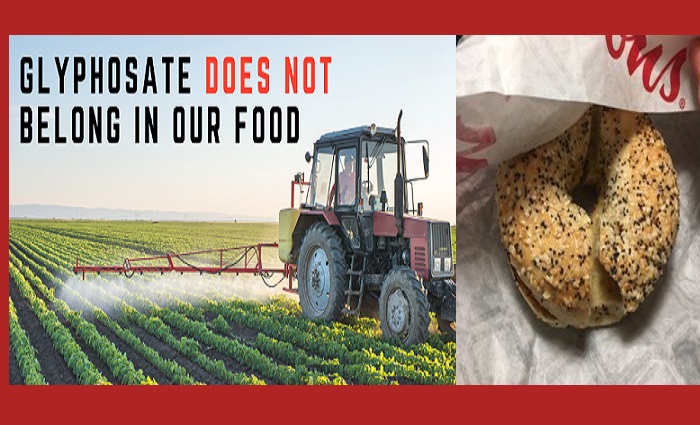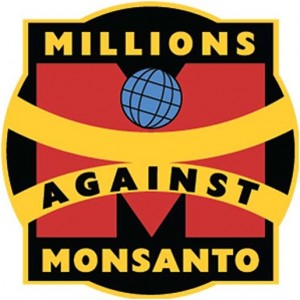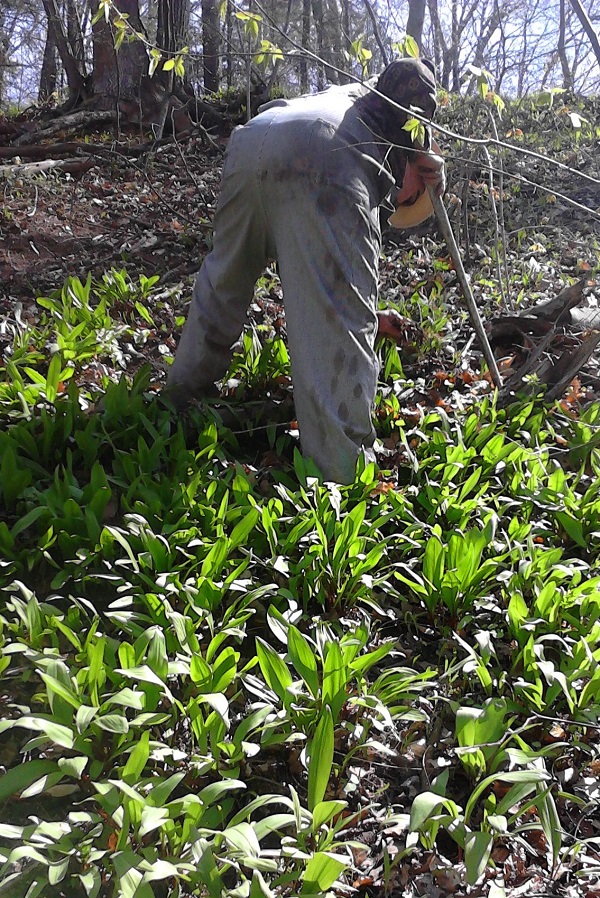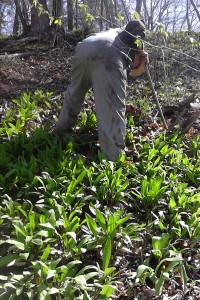Bulletproof Founder Dave Asprey was a sickly person who had Lyme Disease and numerous food allergies. Tired of spending each day feeling ill, he went in search of a way to cure his body and live a better, healthier life. He calls this quest “biohacking” and through it he succeeded beyond his wildest imagination. Using what he learned, he created the Bulletproof brand to help others do the same.
Using his plan, he lost 100 pounds with little exercise, upgraded his IQ by more than 20 points, exponentially increased his health and energy, and enjoys a highly effective life with just five hours of sleep a night. The secret is simply being smarter about what you eat.
The plan calls for eating more organic food, including select fruits and vegetables; increasing daily intake of healthy fats by eating grass fed butter, 100% MCT [medium chain triglycerides- see below CP] oil, brain and octane meats; cutting sugar and processed foods, and drinking mycotoxin-free coffee such as Bulletproof coffee with upgraded coffee beans.

Today, Dave along with hundreds of thousands of others, are tougher, stronger professionals who are sleeping better, performing better (mentally and physically), and have improved their ability to handle stress better or eliminated it completely.
Here are his top five ways to ‘Biohack’ your life and body:
1- Get sick less by eating more foods with vitamin D3 and magnesium
2- Upgrade your fuel – Eat the Bulletproof Diet (high healthy fat, moderate healthy proteins, and lots of vegetables).
3- Upgrade your hardware – Practice HIIT [High intensity, interval training CP] not endless cardio
4- Drink Bulletproof Coffee for the boost in brain function and energy while ending of food cravings.
5- Upgrade your software – use technology to train your nervous system to behave the way you want. The Bulletproof FoodSense app measures food sensitivities as an example.
By incorporating these five things, people tie in to a better life overall. They sleep better, perform better (mentally and physically), and improve their ability to handle stress, even to gradually eliminate stresses altogether.
All of Dave’s findings, advice, diet details, and research is available on his website free of in hopes of building a healthier, happier world. For more information on Bulletproof, please visit www.BulletproofExec.com
Supplemental- HIIT vs Cardio http://marcmegna.com/2013/06/20/high-intensity-interval-training-vs-steady-state-cardio/
What are mycotoxin-free coffees? http://www.naturalnews.com/034063_mycotoxins_coffee.html
What are MCT’s? http://tinyurl.com/7ypy6hh

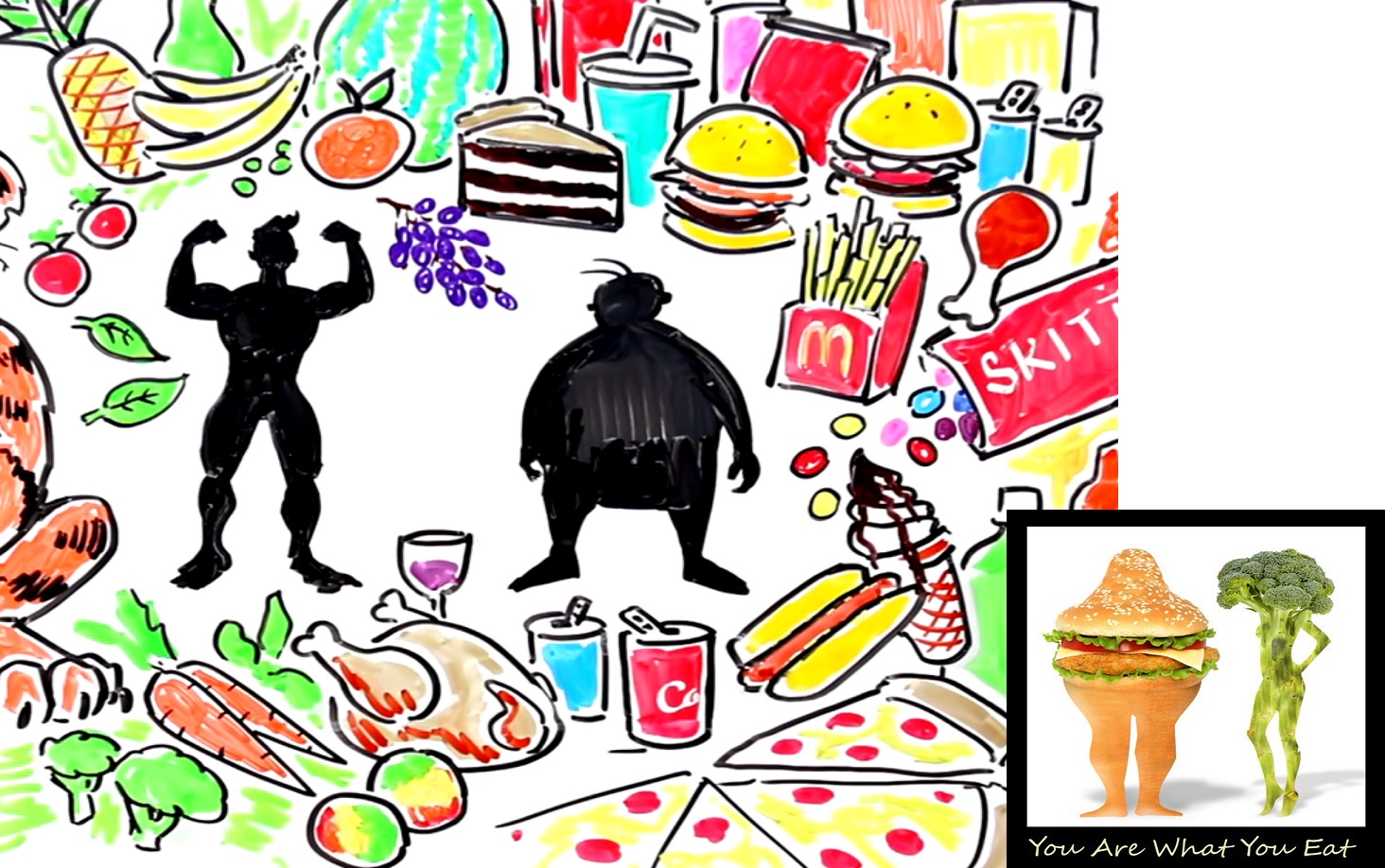
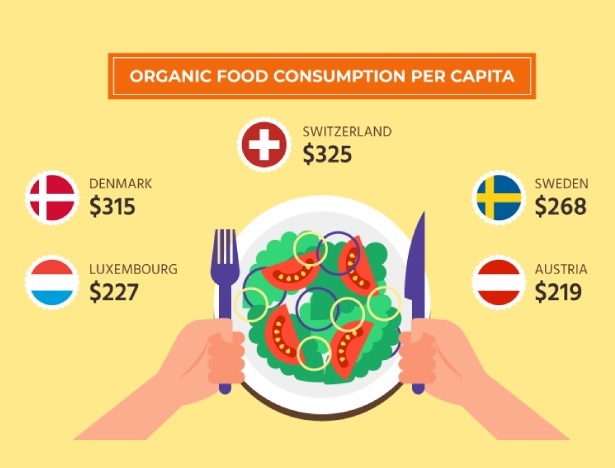
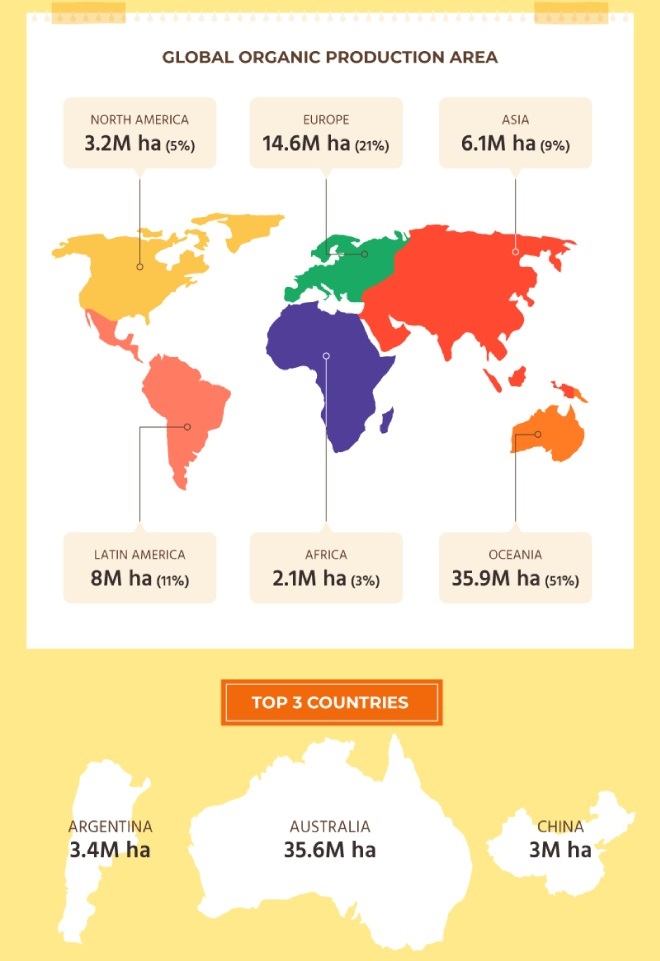
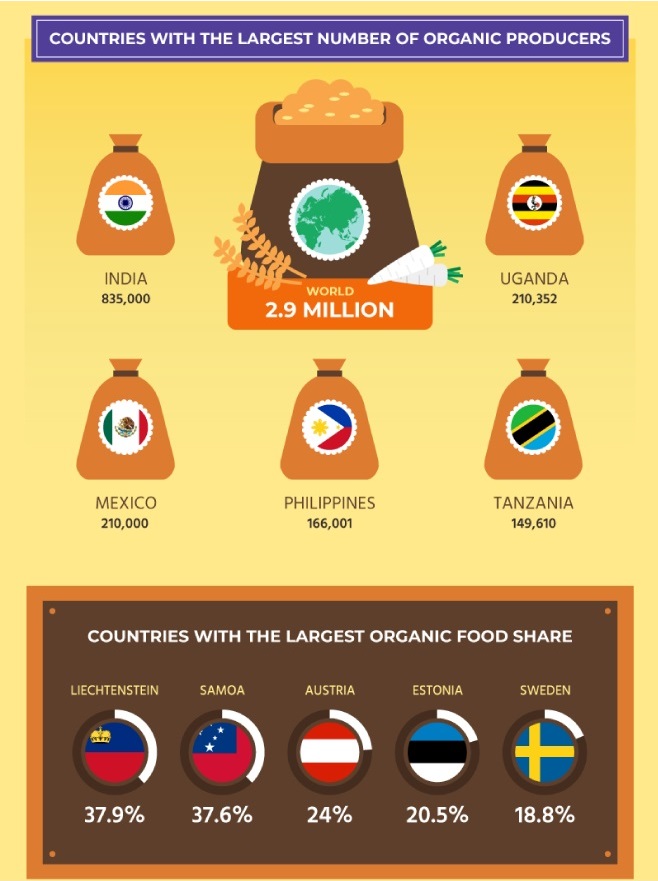
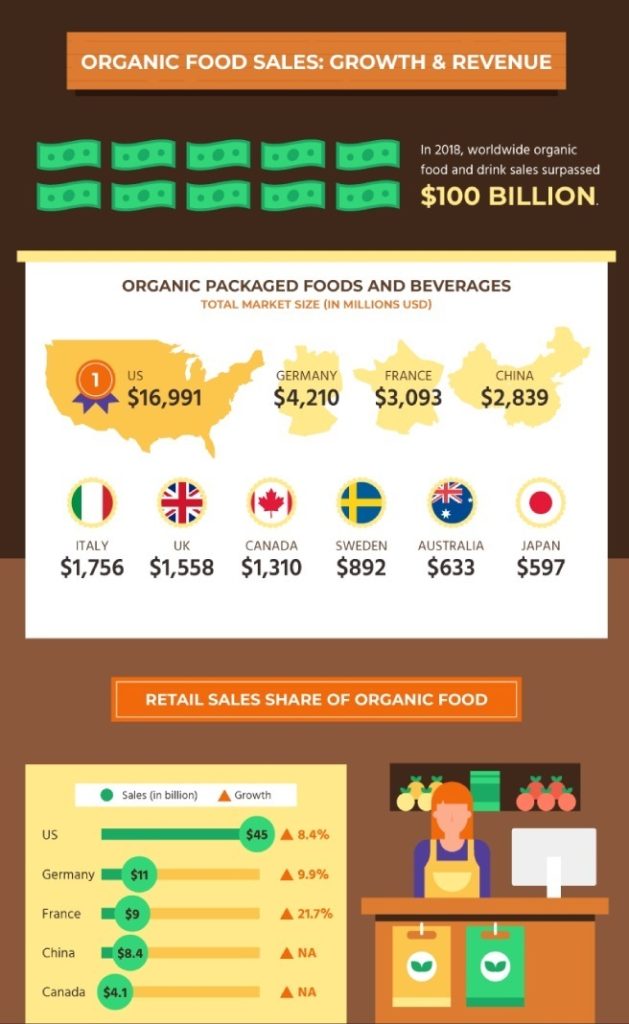
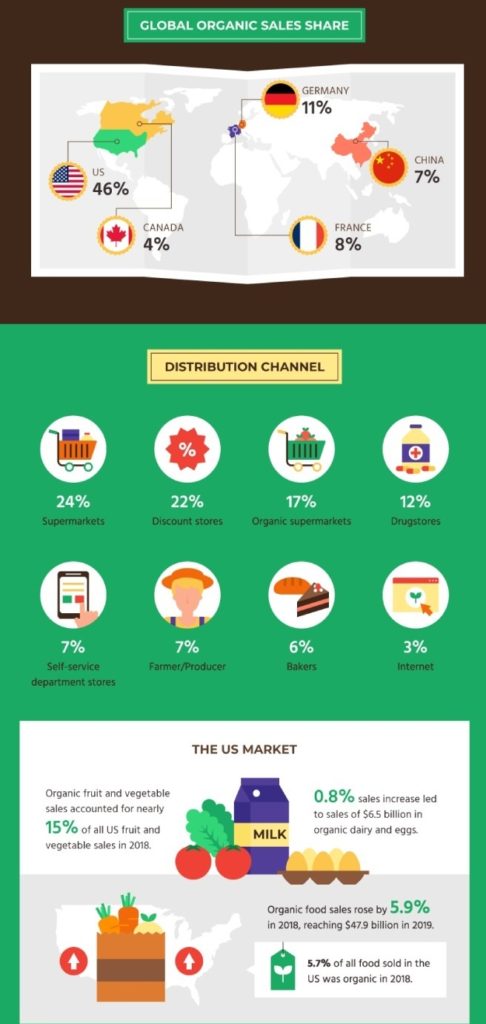
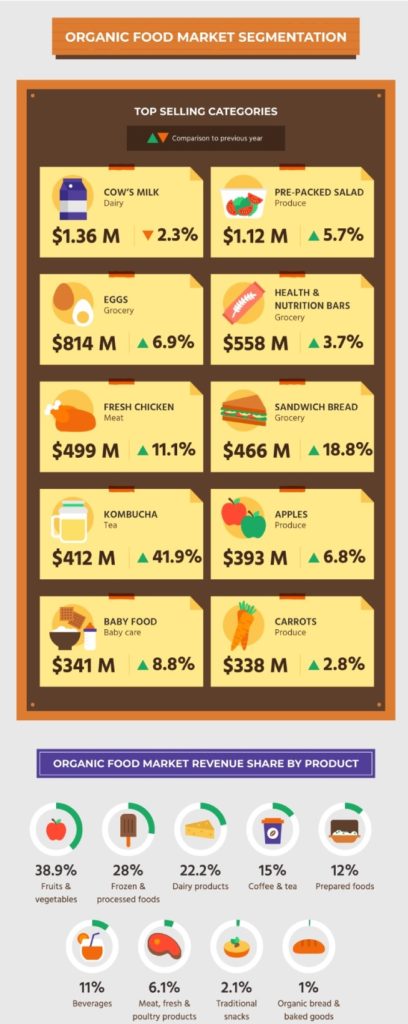
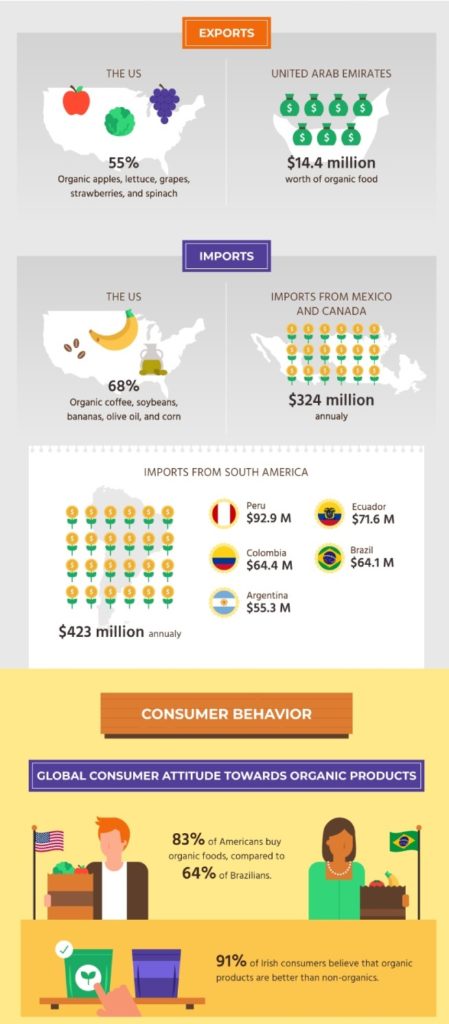
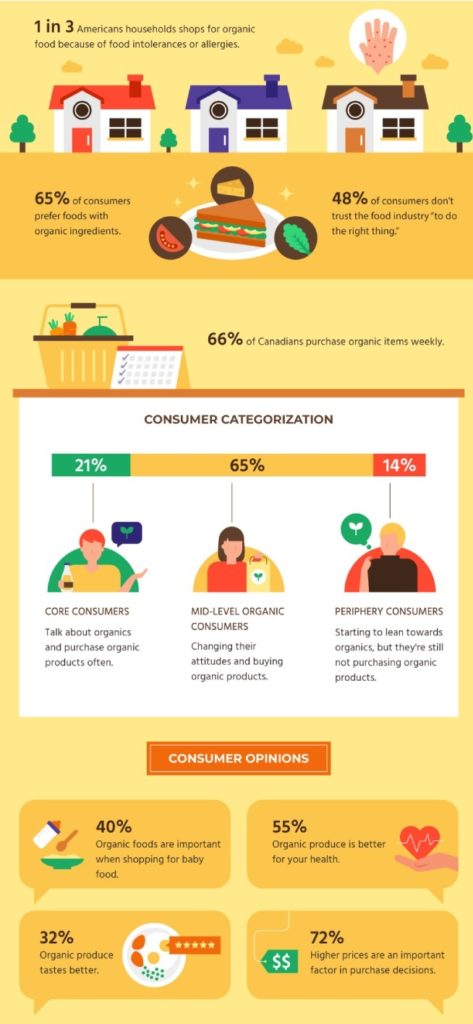
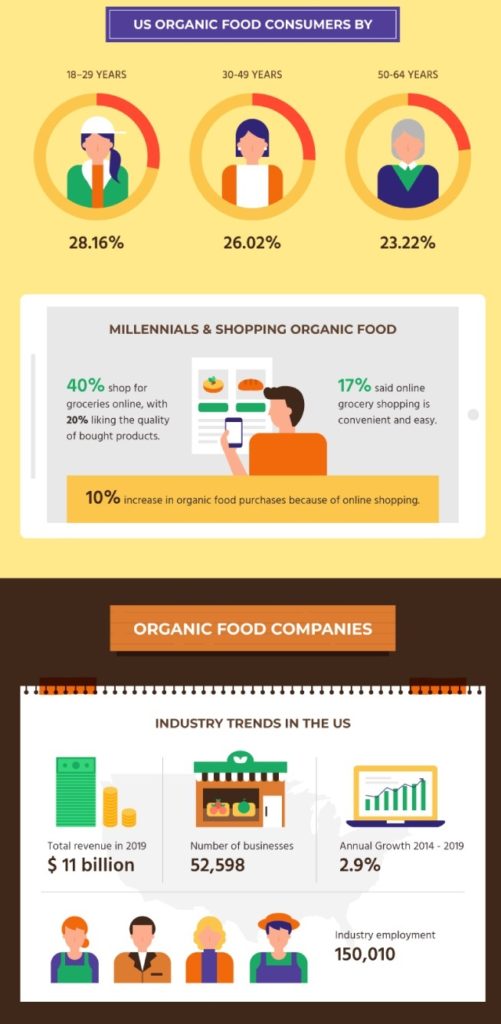
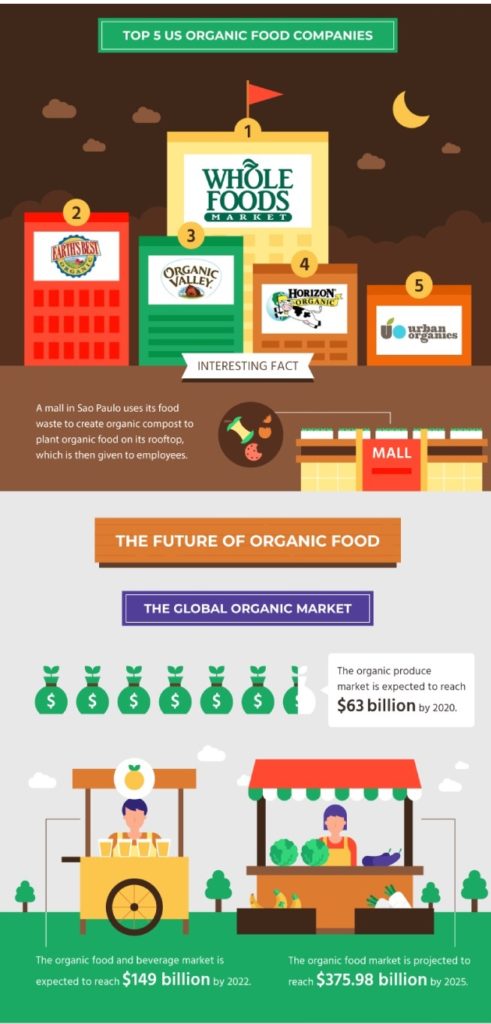
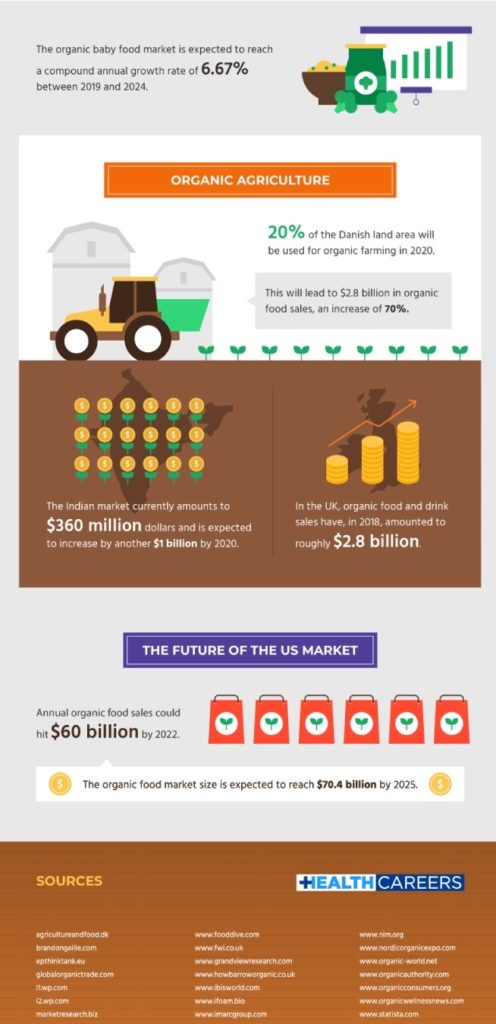


 6. Take a warm shower: It’s as common as the chicken and egg debate: should you shower in the morning or at night? The answer is actually both, but especially in the morning because a warm to hot shower will increase circulation in the skin, and help awake the nervous system.
6. Take a warm shower: It’s as common as the chicken and egg debate: should you shower in the morning or at night? The answer is actually both, but especially in the morning because a warm to hot shower will increase circulation in the skin, and help awake the nervous system. Aadil and his wife, Savitri, are the founders of Purna Yoga, a holistic synthesis of yogic traditions based on the work of
Aadil and his wife, Savitri, are the founders of Purna Yoga, a holistic synthesis of yogic traditions based on the work of 